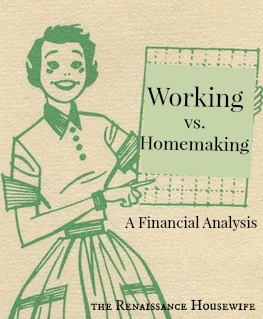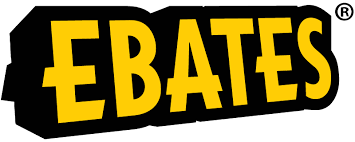***************
Last week I bought the Kindle version of Kim Brenneman's Home Management: Plain and Simple. Most of the time I prefer buying print editions because they have resale and/or lending value, but with nursing it is easiest to read on the Kindle.
Home Management is a newer, updated version of her older book, Large Family Logistics. The older book is no longer in print, which is probably why she wrote a newer version. I never read the older book, but the newer one is probably better. Having authored a book myself, I know that the week after you finish writing, you find another thing to add. So second editions are always good.
Why I Bought This Book
I stumbled across Kim's website while googling "getting things done with a baby". This post had a lot of great tips on how to make things easier with a newborn in particular. I figured if the blog was that helpful, the book would be even more so. And since Kim had nine babies herself, you'd think she knows a thing or two about getting things done with babies.
Like the older edition, this book is geared a lot toward LARGE families, not new moms like me with just one kid. About a quarter of the book is about how to have older children help with housework and taking care of the younger children. Some readers might whine about this because most housewives don't have older children to cook and clean while they nurse the baby. Or I could whine about how Kim has a dishwasher and I don't, so of course none of her kitchen advice applies to me. But again, being an author myself I know that most authors can only speak from their own experience and Kim's experience is life with a large family. Some reviewers found her systems to be "overkill", but Kim is all about squeezing more time and energy from your day. Personally I really appreciate her focus on simplicity and efficiency. I find that with a newborn demanding lots of time and attention, I don't have the option to putter around the house trying out new recipes, spending 10 minutes deciding what to wear or cleaning whenever it strikes my fancy. If I don't make the very most of the time I have, stuff just doesn't get done. Plus, why spend more time than necessary on things that you don't enjoy? (Dishes, anyone?)
Even with the emphasis on large family life, I found enough productivity gems in this book to make it easily worth the $10.00 I paid for it. When buying a book- in particular a book that will save you time or money- it only takes a few good tips to make the book pay for itself. Here is one small tip that I never thought of: at the grocery store, park your car next to the cart corral. This eliminates a lot of car seat carrying and/or leaving your baby in the car while deciding what to do with the cart after groceries are unloaded. This little tip will help me go grocery shopping by myself (something I haven't attempted yet) and free up valuable date night time. How much is that worth over the course of a year?
Are Home Management and Flylady the Same Thing?
One Amazon reviewer said the book was not worth reading because all of Kim's systems came straight out of Flylady. While some of the systems are very similar, I thought Kim's were much more doable and easy to remember. Her book went into FAR more detail on how to actually implement the systems. It is more of a simplified version of Flylady geared especially toward stay-at-home Christian moms with small children. Unlike Sink Reflections (Flylady's book), Home Management includes things like toy rotation and how to keep the toys under control. While Flylady would say "cut the clutter in the toy room", Kim gives detailed instructions on how to actually make this work. For example, no toys in bedrooms, rotate out toys, and keep toys not being used in a locked cabinet. That way kids are not constantly getting into the toys, getting bored of the toys and leaving toys all over the house (because that's where most people store toys... all over the house). In addition, she points out that toys should be intentionally bought and purged instead of just being a hodgepodge assortment of plastic stuff. Toys need to be open ended so kids don't get bored of them.
I never had to think about what to do with toys until now (and yes, Baby Girl has toys already even though she's hardly old enough to appreciate them).
Differences Between Flylady and Home Management:
1. Days of the week: Kim has Laundry Day, Kitchen Day, Office Day, Town Day, Cleaning Day, Gardening Day and the Lord's Day. Flylady has Cleaning Day, Free Day, Office Day, Town Day, Miscellaneous Day, Family Fun Day and Renew Your Spirit Day. I like Kim's arrangement of days a little better because cleaning day happens before the weekend. However because of Date Night and the sale/coupon cycle of stores in my area, I've moved town day to Wednesday instead of Thursday. Because of that, Office Day is Tuesday and Kitchen Day is Thursday. I like Kitchen Day to be Thursday because that way I have some staples prepared on Monday. In reality I do batch cooking all throughout the week via Instant Pot, so Kitchen Day is mostly "clean and organize the kitchen day". Also, my office tasks are very minimal- mostly planning the weekly shopping and possibly paying a bill or two, although I like to do that right after the bill arrives so I don't forget about it. Therefore, Office Day could also double as Kitchen Day if I don't have too much going on.
2. Zones vs. Focus Areas: Flylady has Zones and Kim has Focus Areas, which are essentially the same thing- rooms. Both Kim and Flylady rotate work on the Zones/Areas every month, one room (or group of rooms) per week. The difference is that Flylady does zone work every day, while Kim suggests doing it every day OR just making it part of cleaning day. I really like the idea of doing deep cleaning (zone) chores on cleaning day instead of spreading them out over the course of a week. That way you already have the cleaning stuff out, are dressed for cleaning, etc. This makes a little more sense for me because our house doesn't get all that dirty with just three people.
3. Routines: both Kim and Flylady have morning, evening and after meal routines. However, Kim also fills in the in-between hours with "routines" like Table Time, Quiet Time, Afternoon Chore Time, etc. I thought this was really helpful for stay-at-home or homeschooling parents in particular. She goes into detail about exactly what each age group should be doing during these "times"; even babies and toddlers. Baby Girl and I already have some "times" that we do every day- Bare Butt Time*, Animal Chores Time, and Afternoon Nap Time. I've found it so helpful to have some pillars in our schedule, even if they don't happen at exactly the same time every day. I look forward to implementing some of Kim's "times" when Baby gets older.
4. Menu planning: Flylady and Kim's menu systems are very similar. Both have you write down what you will be eating for the whole month. Both advise stocking a pantry. The difference is that Sink Reflections dedicates a whole four pages to this chapter and only covers dinner. Home Management covers breakfast, lunch AND dinner, and explains how to stack your menu plan with your different Days (Cleaning Day, Town Day, etc.). Her pantry approach is also more similar to mine (stock up on things when they're on sale) than Flylady's (buy things when you are running low). Kim also gives extra tips on meal planning/grocery shopping, like having three copies of your Basic Grocery List (pantry list): one at your desk for planning your Town Day, one in your purse to jog your memory at the grocery store, and one laminated inside the kitchen cupboard for family members to mark down anything that is running low.
My menu planning process is very similar, but I don't plan specific meals for the entire month. Instead I pick specific meals by what I have (or rather, don't have) in the pantry that week. Our schedule is not stable enough to plan a meal weeks in advance. Goodness, there are several days each month where I have dinner thawed or even ready to eat and instead we spend the dinner hour at Menards or Home Depot and end up eating out. This is just the reality of our life with Hubs being a business owner. Planning weeks in advance could work great for someone on a more regular schedule.
I think Flylady can work for anybody, but Kim's system(s) will work far better for me in my unique situation. It may or may not work better for you.
So in a nutshell, I highly recommend Home Management: Plain and Simple. It is well worth the $10.00, especially if you have kids at home!
******
*Bare Butt Time is when I leave Baby Girl's diaper off for a little bit while I do computer stuff next to her. I think this really helps prevent diaper rash, plus she seems to enjoy it. I know I would, if I had to wear a diaper 24/7!
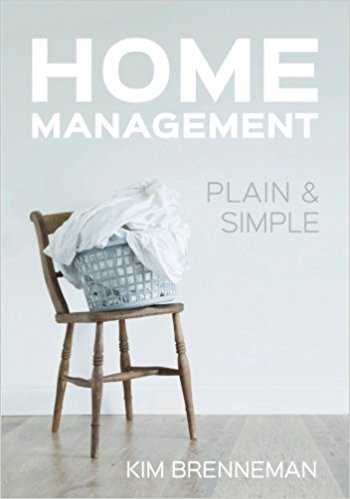


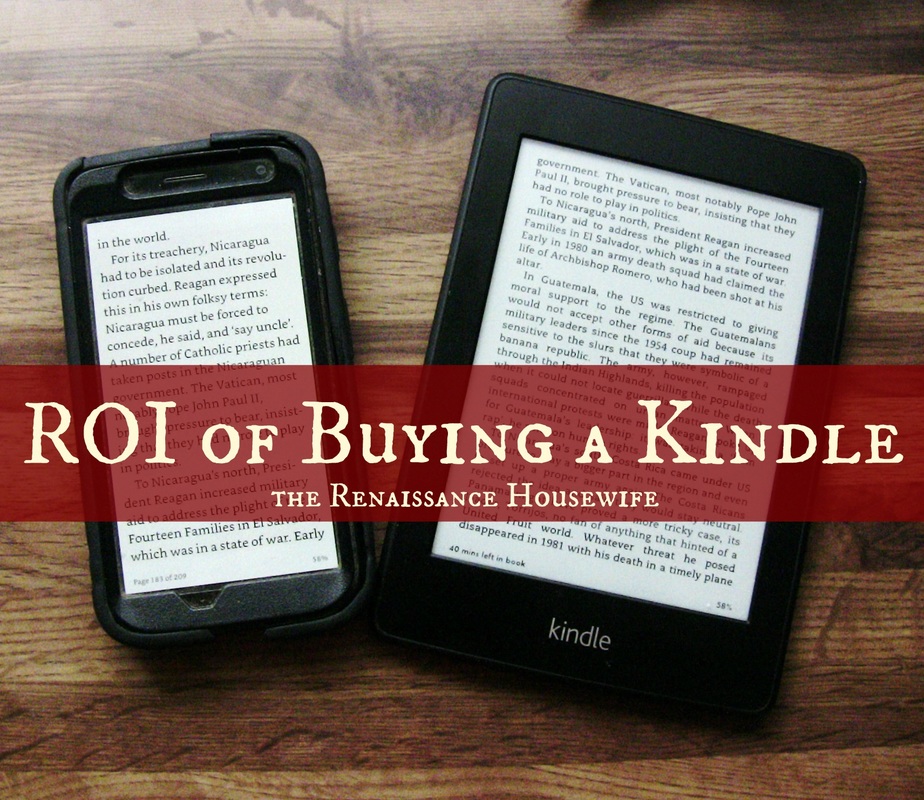
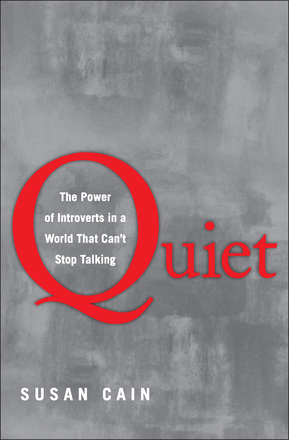
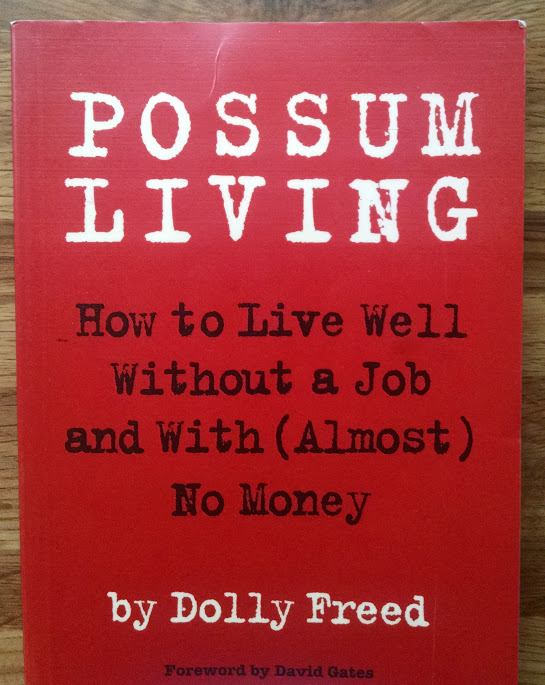

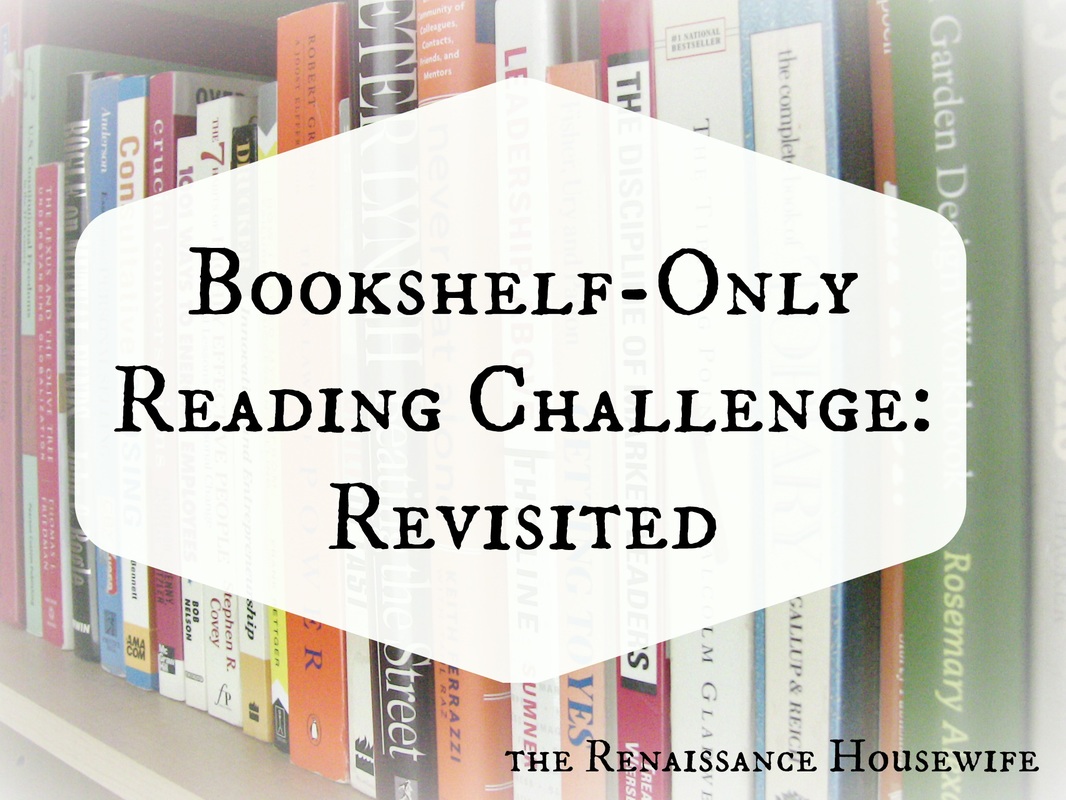
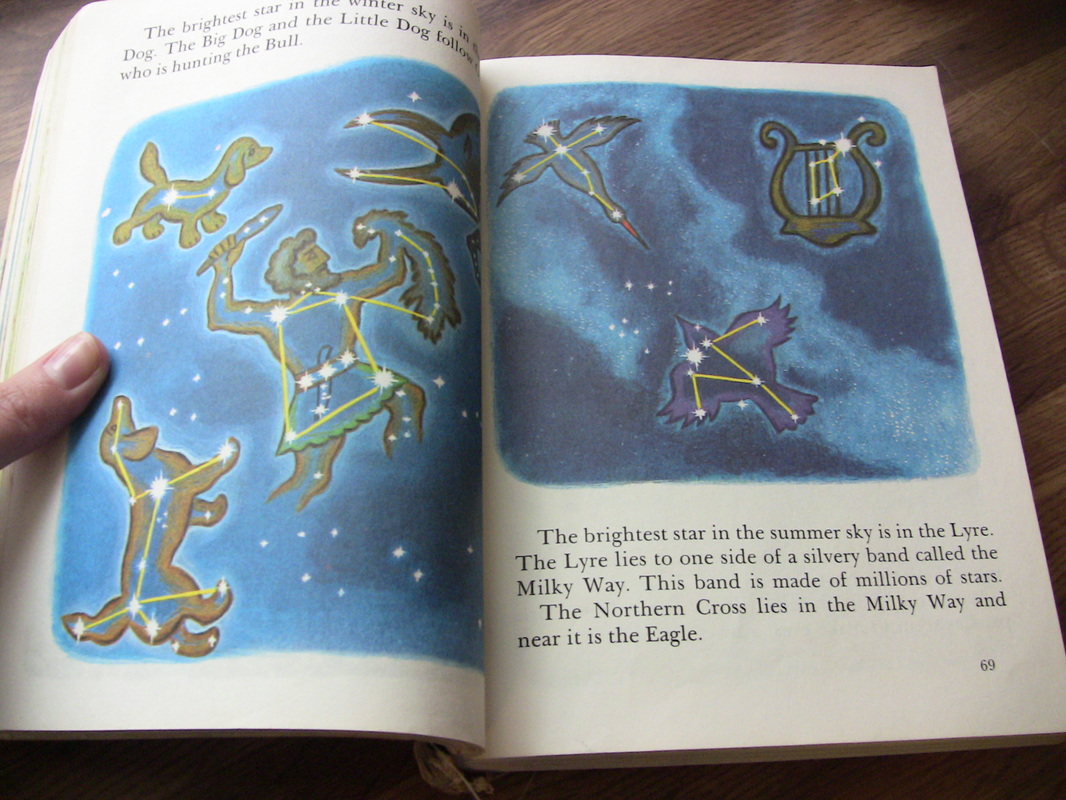



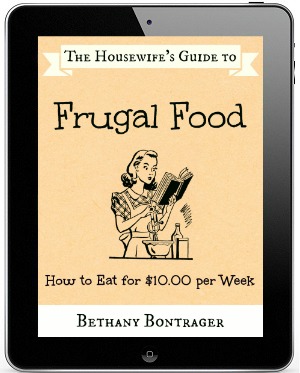
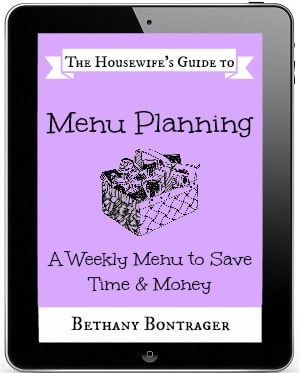
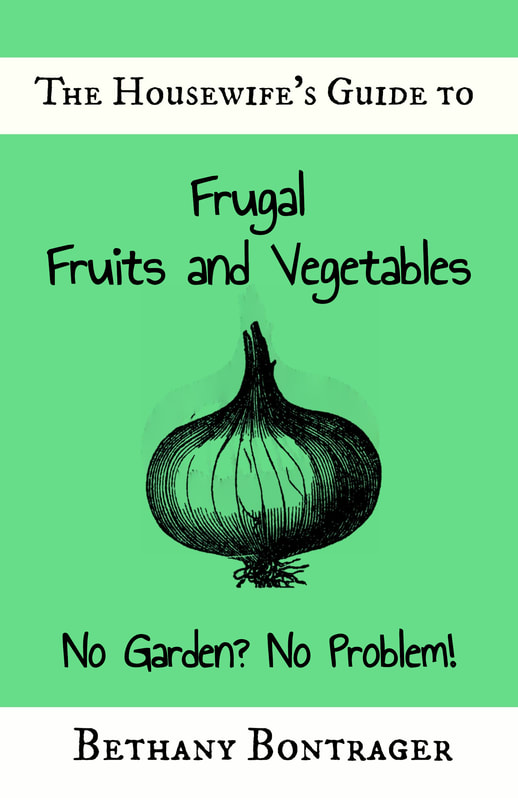
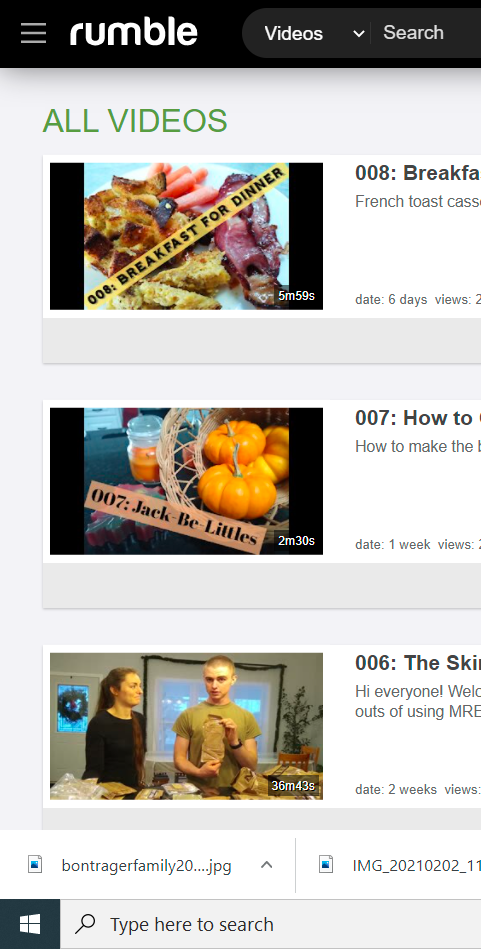
 RSS Feed
RSS Feed


